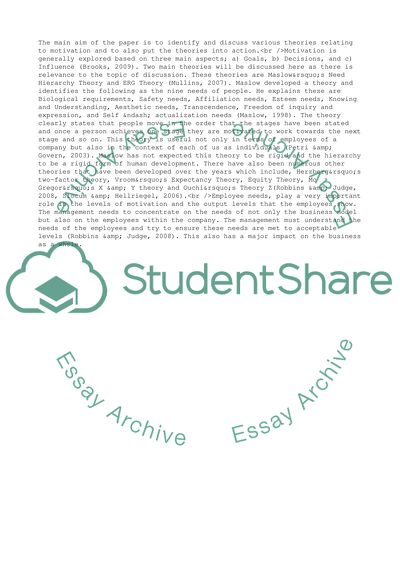Cite this document
(Motivation in Business Term Paper Example | Topics and Well Written Essays - 1500 words - 3, n.d.)
Motivation in Business Term Paper Example | Topics and Well Written Essays - 1500 words - 3. https://studentshare.org/management/1742737-motivation
Motivation in Business Term Paper Example | Topics and Well Written Essays - 1500 words - 3. https://studentshare.org/management/1742737-motivation
(Motivation in Business Term Paper Example | Topics and Well Written Essays - 1500 Words - 3)
Motivation in Business Term Paper Example | Topics and Well Written Essays - 1500 Words - 3. https://studentshare.org/management/1742737-motivation.
Motivation in Business Term Paper Example | Topics and Well Written Essays - 1500 Words - 3. https://studentshare.org/management/1742737-motivation.
“Motivation in Business Term Paper Example | Topics and Well Written Essays - 1500 Words - 3”. https://studentshare.org/management/1742737-motivation.


